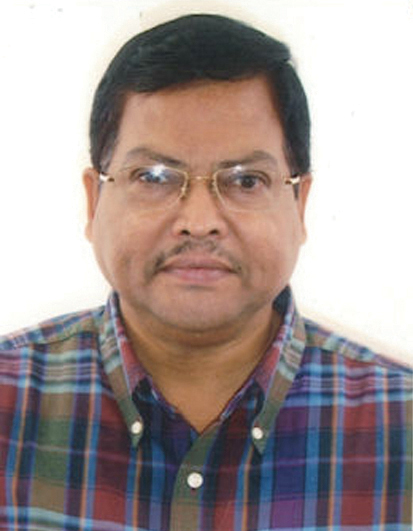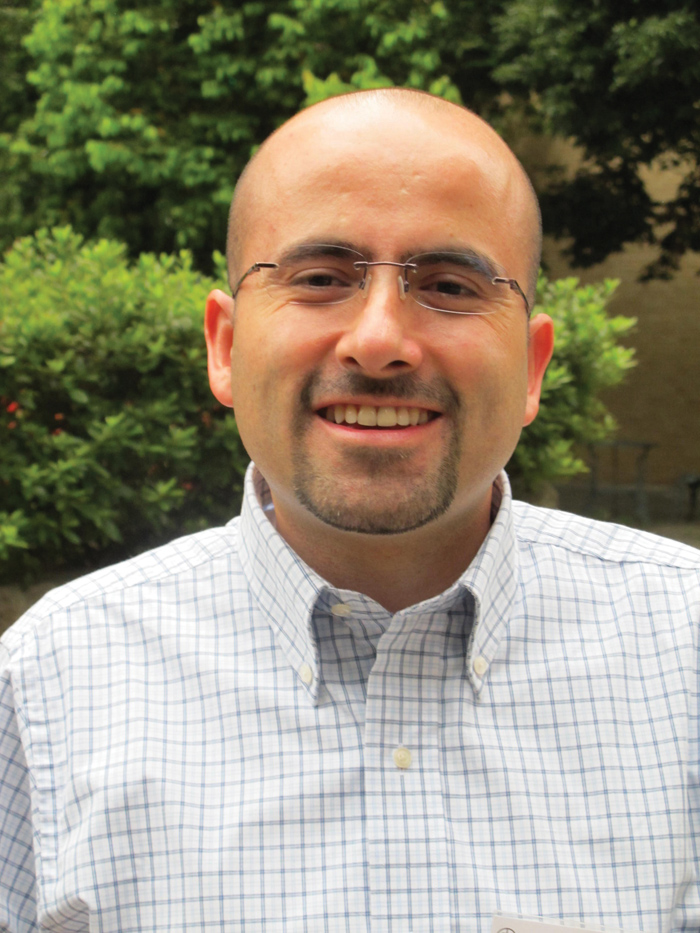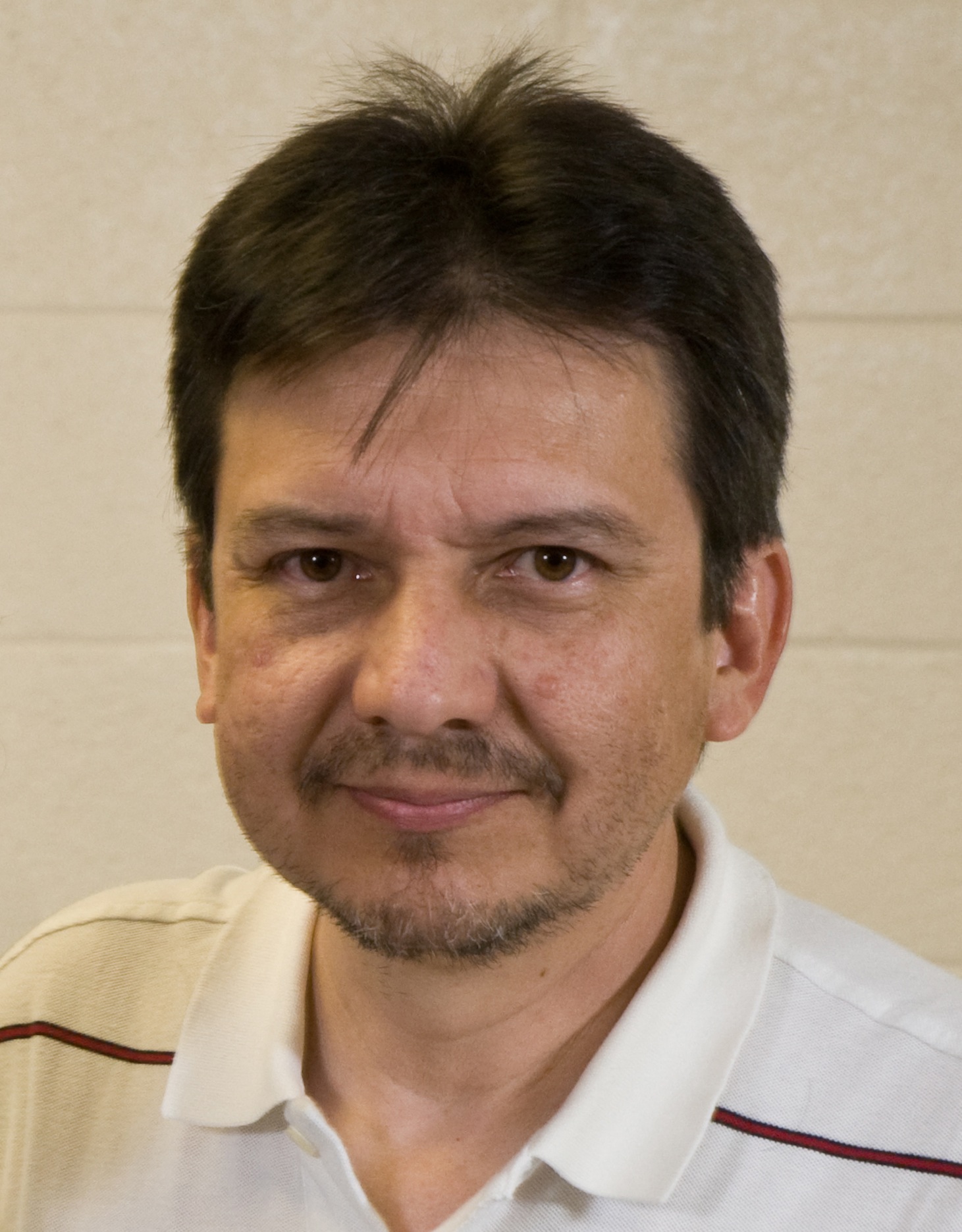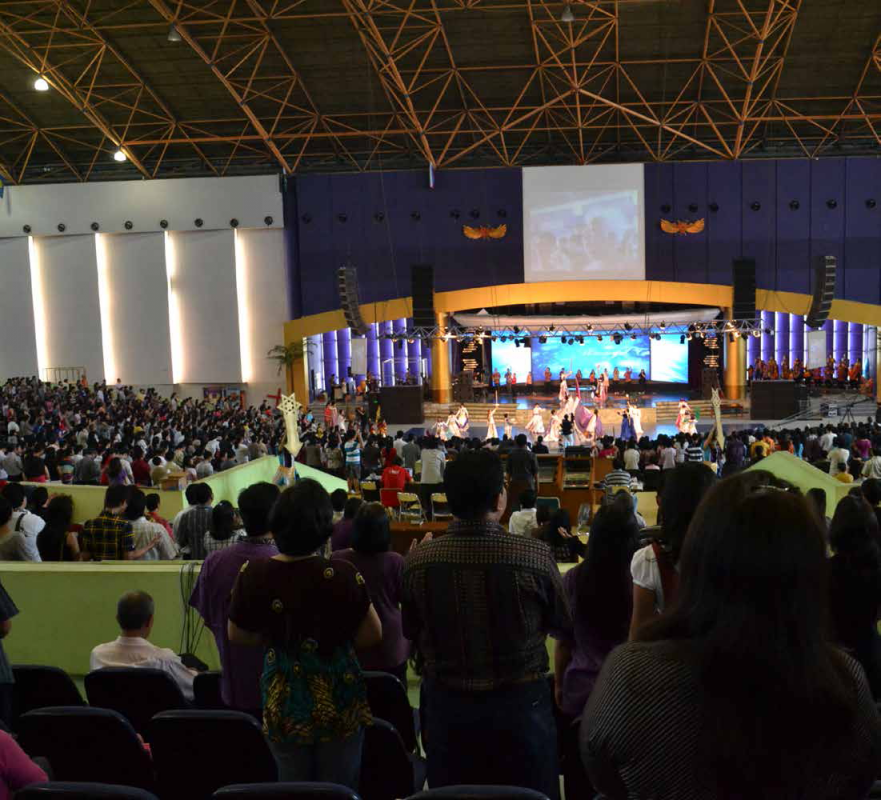-
A Mission Modeled on Christ
Economic Inequality: Exploring our shared commitment to pursuing shalom As a global communion of Anabaptist-related churches, we share a common commitment to pursuing shalom. In this pursuit, we believe in seeking justice and sharing our resources, be they material, financial or spiritual. Yet our tremendous diversity means that we carry out this commitment in very…
-
Called to be a Global Communion
Some years ago a woman with a foreign accent – a friend of mine – knocked on the door of one of our churches in Bogotá. That church’s pastor – another friend of mine – opened the door. The woman was evangelizing that neighborhood and started to talk with my friend without knowing about his…
-
Integrating All Areas of Life
Exploring our shared commitment to worship As a global communion of Anabaptist-related churches, we share a common commitment to gathering regularly for worship. Yet our tremendous diversity means that we carry out this commitment in very different ways. In the October 2013 issue of Courier/Correo/Courrier, leaders from across our fellowship write about different ways in…
-
Indonesia: Struggling, learning, serving
The Mennonite community in Indonesia is diverse and dynamic! Discussing its origins and development may bring to mind many questions, especially for those in the Global North: How did Mennonitism take root in Indonesia? How did Indonesia become the fifth-largest Mennonite centre in the world? And how did people with names like Dharma, Widjaja, Pasrah,…



